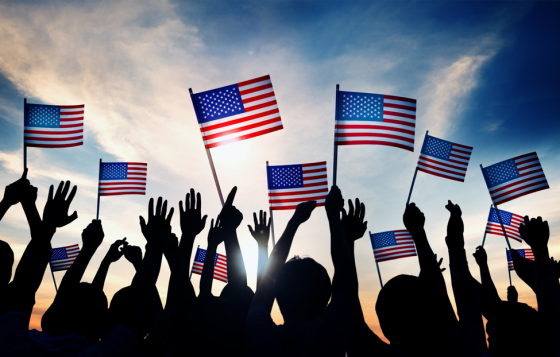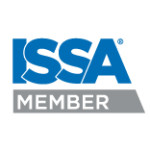10 Important Facts That Every American Should Know About Our Flag
We all take pride in proudly displaying our nation’s great symbol, the American flag.
There’s nothing that expresses freedom, opportunity, and heritage more than Old Glory.
To me, the flag is a true representation of the sacrifices that so many have made to make our country the great place it is to work and play.
Flag Facts
During the month of June, as we celebrate Flag Day and its adoption, share some of these fun flag facts at your next networking event and inspire others with your patriotic wisdom.
- Although it’s believed that Betsy Ross stitched the first American flag in 1776, a Wisconsin teacher, BJ Cigrand may have started its annual birthday in 1885. Flag Day didn’t become a day of national observance until August 3rd, 1949.
- There are 27 versions of the American flag, with the first flag having 13 stripes and 13 stars (for the 13 original colonies) originating in 1777.
- Neil Armstrong placed the first American flag on the moon in 1969 during the first manned landing.
- The flag was last updated in 1959 when Hawaii joined the United States. The current version of the flag is the longest running (more than 50 years) and was first used in 1960.
- According to the US. flag code, the American flag must be illuminated when flown at night and it shouldn’t be flown in bad weather.
- There are eight U.S. sites where the flag is legally permitted to fly day and night:
Fort McHenry National Monument and Historic Shrine
Baltimore, Maryland,
Flag House Square Baltimore Maryland
United States Marine Corp Memorial Arlington, Virginia
On the Green of the Town of Lexington Massachusetts
The White House Washington, DC.
Washington Monument Washington, DC.
United States Customs Ports of Entry (various locations)
Grounds of the National Memorial Arch in Valley Forge State Park Valley Forge, Pennsylvania
- According to the US. flag code, always carry the flag aloft and free and never flat or horizontal.
- The flag should be flown during school days in or near every school building.
- It’s not true that the flag must be burned if it touches the ground but it must be burned if it’s damaged and is no longer fit for flying.
- And finally, if your American flag gets dirty – good news, you can wash or dry clean it.








